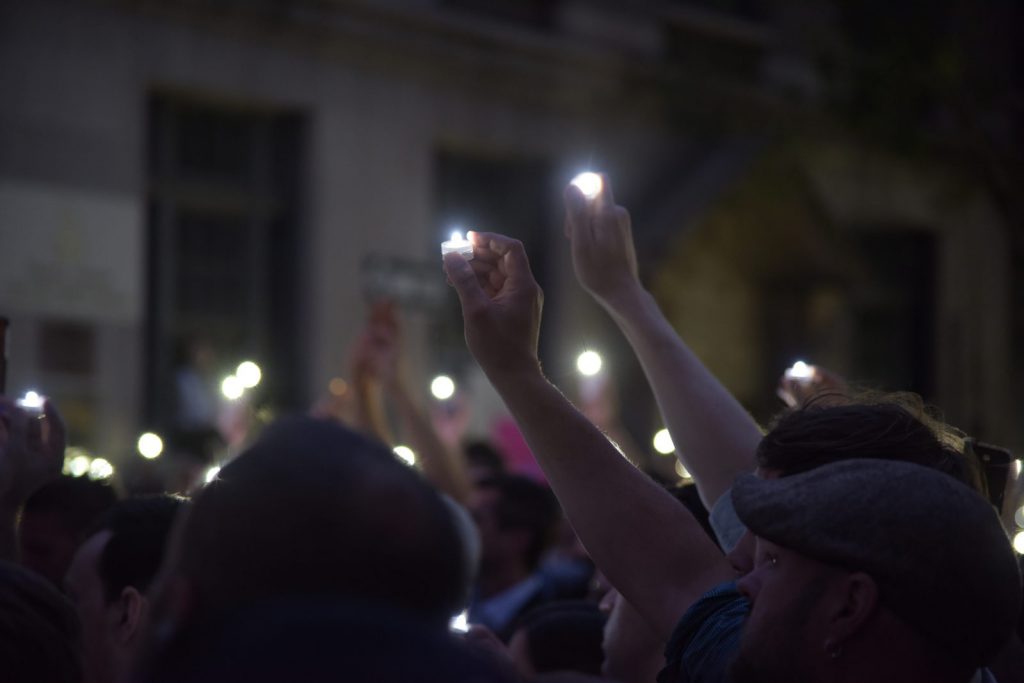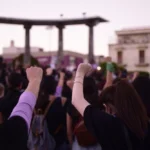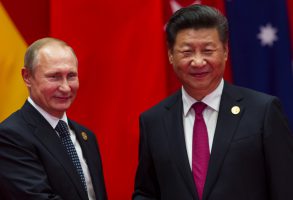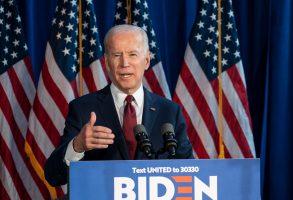
Published June 14, 2016
Whole doctoral dissertations could be devoted to the question of what makes President Obama angry and what does not. His Tuesday broadside against Donald Trump stood in marked contrast to Sunday’s somewhat cold response to the Orlando massacre. This is a pattern.
Mr. Obama did not name Trump, referring to him only as a “politician who tweets and appears on cable-news shows.” I’m not inclined to defend Trump, and will not do so now — his notion that we bar all Muslims from traveling to the United States is laden with unintended consequences. But President Obama’s studied refusal to acknowledge the reality of Islamic-inspired violence has helped to create the Trump phenomenon. In fact, it may well be the greatest contribution to Trump’s success. Some say that presidential elections are often referenda on the last guy: Carter was the anti-Nixon, Reagan was the anti-Carter, Clinton was the anti-Bush, and Obama was the anti-Bush. Thus, Trump is the anti-Obama.
Mr. Obama fumed at those who criticize his administration for refusing to use the words “radical Islam.” He mocked the idea that language matters: “Not once has an adviser of mine said, ‘Man, if we use that phrase, we are going to turn this whole thing around,’ not once.” He never tires of slaying straw men. It’s not a matter of intoning magic words. The critique of Obama is that he has so often projected the image of Islam’s defense counsel instead of America’s commander-in-chief.
In fairness (though Obama is rarely fair to those he differs with), it should be noted that George W. Bush was also at pains to shun the impression that the U.S. was at war with Islam. But here’s the difference: Bush never gave the impression that he wasn’t on America’s side, and Obama consistently does. Moreover, when Obama or members of his administration stubbornly refuse to acknowledge what everyone knows to be true, it makes people feel unsafe.
In 2009, Colonel Nidal Hasan, marinated in the writings of Islamic extremists, jumped on a table shouting “allahu akbar” and opened fire on 45 soldiers, killing 13. Mr. Obama was unsure of his motive and warned Americans not to “jump to conclusions.” Until late 2015, the administration declined to call Fort Hood a terrorist attack, preferring the Newspeakish “workplace violence.”
When ISIS-linked terrorists decapitated their American captive James Foley, and released the video on the Internet, Obama went golfing. He later said he regretted this, but that couldn’t erase the signal of indifference.
After Islamic extremists in Paris attacked the Charlie Hebdo offices and a Jewish supermarket in January 2015, Mr. Obama spoke of vicious killers who “randomly shoot a bunch of folks at a deli in Paris.” But the attacks could not have been more pointed — a satirical magazine that had caricatured Mohammed and a Jewish store. Did Obama misspeak, or was he downplaying the Islamic-extremist element? When 50 world leaders, including those of Great Britain, France, Germany, Israel, and Russia marched in Paris to show solidarity against terrorism, Mr. Obama skipped the event and failed to send a high-ranking surrogate.
After Muslim terrorists turned the Brussels airport into an abattoir in March, Mr. Obama attended a baseball game in Cuba. Before the bodies had all been buried, he danced the tango in Argentina.
It’s not that Mr. Obama is soft on religiously inspired violence. At the National Prayer Breakfast, he cautioned Americans against “getting on our high horse,” because during the Crusades and the Inquisition, terrible deeds were committed “in the name of Christ.” While Obama played historical tit for tat, terrorists were plotting their next strike.
The pattern has recurred throughout his presidency — from the Boston marathon bombing, to the Paris attacks, to “clock boy,” to the San Bernardino shootings and now the Orlando attack, Obama has downplayed Islamist motivations and dismissed American fears. He reminded The Atlantic magazine that you were more likely to die in your bathtub than in a terror attack.
Attorney General Loretta Lynch expressed the administration’s view succinctly when, after San Bernardino, she confided that her “greatest fear” was of an anti-Muslim violent backlash in the United States. That has ever been the president’s chief worry as well, though there has been precious little justification for it. Ironically, Obama has helped to make such a backlash more likely in the future. By steadfastly refusing to make distinctions among Muslims based upon ideology and conduct — by insisting that Muslims are no more plagued by violent extremism than, say, Presbyterians — he has opened the door to Trump, who also makes no distinctions.
— Mona Charen is a senior fellow at the Ethics and Public Policy Center. Copyright © 2016 Creators.com








